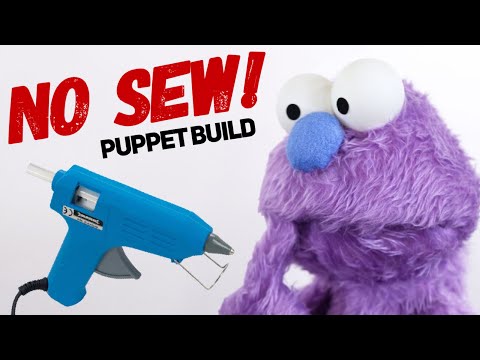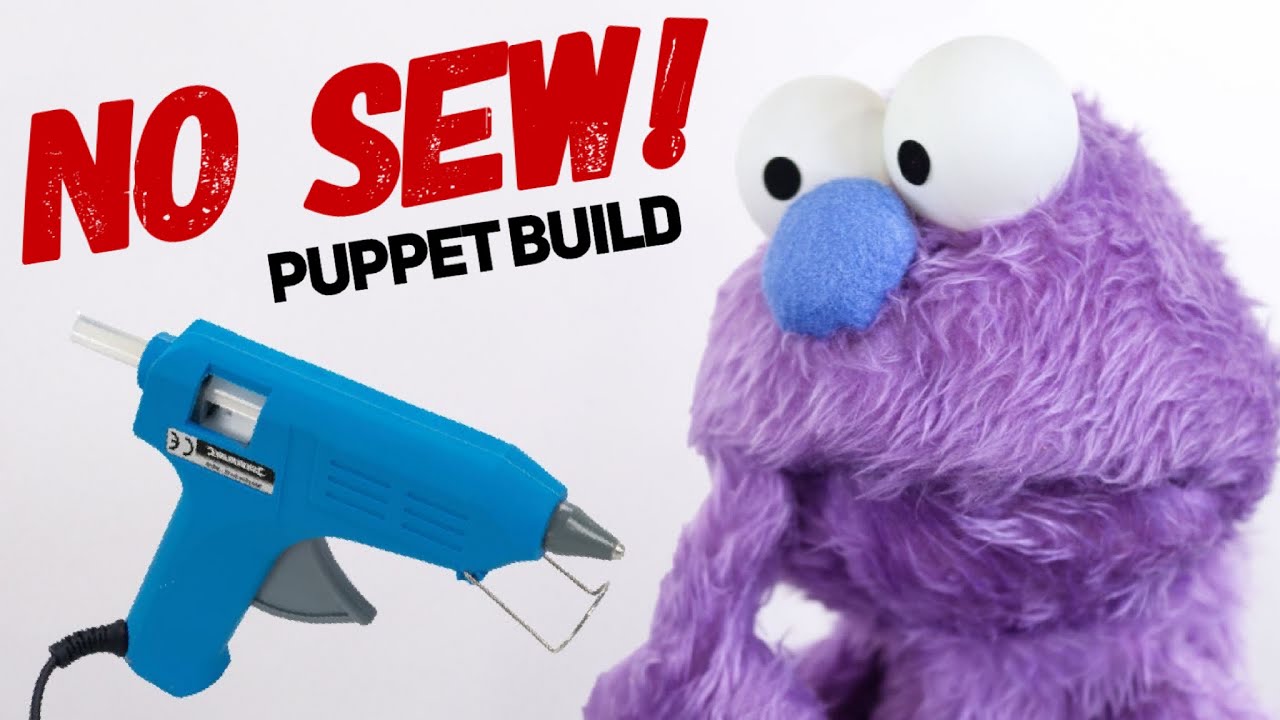The Muppets fabric: Get ready to bring the magic of the beloved Muppets characters into your world with our vibrant and enchanting fabric collection. Crafted with meticulous attention to detail, this fabric showcases the playfulness, whimsy, and nostalgia that the Muppets are renowned for. Immerse yourself in a world where Kermit the Frog’s contagious optimism, Miss Piggy’s extravagant glamour, and Fozzie Bear’s hilarious antics come to life through every stitch. Our high-quality fabric guarantees durability and comfort, ensuring that your creations will stand the test of time while evoking cherished memories. Whether you’re designing adorable children’s garments, whimsical home decor, or unique accessories, our Muppets fabric will ignite your creativity and transport you to a world of imagination. Unleash your inner puppeteer and let characters like Gonzo, Animal, and Swedish Chef inspire your next masterpiece. With its exceptional color saturation and soft texture, this fabric is perfect for both novice and seasoned crafters alike. So, dive into the world of the Muppets and let your imagination run wild with our captivating fabric collection.

The Fascinating World of Muppets Fabric
The Muppets have been entertaining audiences of all ages for decades with their lovable characters and hilarious antics. But have you ever wondered what goes into creating their iconic fabric? In this article, we’ll take a closer look at the fascinating world of Muppets fabric and explore the process behind its creation.
The Origins of Muppets Fabric
Jim Henson, the mastermind behind the Muppets, had a vision for these unique characters that extended beyond their personalities. He wanted their appearance to be just as captivating as their performances. To bring his vision to life, Henson collaborated with a team of talented fabric designers.
Together, they experimented with various materials and techniques to find the perfect fabric for the Muppets. The goal was to create fabric that would not only withstand the wear and tear of puppeteering but also have a distinct look and feel that would make the Muppets instantly recognizable.
The Art of Muppets Fabric Design
Fabric selection is a crucial part of the Muppets fabric design process. The fabric must be durable and flexible enough to allow the puppeteer to manipulate the Muppet’s movements. It also needs to have the right texture and color to accurately represent the character’s appearance. The fabric designers carefully choose materials that meet these requirements, such as fleece, fur, and foam.
Once the fabric selection is complete, the designers move on to the pattern creation stage. They meticulously study the character’s design and create patterns that will be used to cut the fabric pieces. This step requires precision and attention to detail to ensure that each piece fits together perfectly.
After the patterns are ready, the fabric designers proceed to the cutting and sewing phase. They use industrial cutting machines to cut the fabric pieces accurately. Then, skilled seamstresses stitch the pieces together using specialized sewing techniques. This process requires precision and expertise to create seamless seams and ensure the fabric’s durability.
The Magic of Muppets Fabric Performance
One of the most remarkable aspects of Muppets fabric is its performance. When puppeteers bring the Muppets to life, the fabric plays a crucial role in creating the illusion of movement and expression. The fabric’s flexibility allows the puppeteer to manipulate the Muppet’s limbs, mouth, and eyes, giving it a lifelike quality that captivates audiences worldwide.
The fabric’s texture is also carefully considered to enhance the character’s appearance. Whether it’s the soft fleece of Kermit the Frog or the shaggy fur of Animal, each Muppet’s fabric is designed to reflect their unique traits and personalities.
The Evolution of Muppets Fabric
Over the years, Muppets fabric has evolved alongside advancements in technology and fabric design. As new materials and techniques become available, fabric designers have been able to push the boundaries of what is possible with Muppets fabric.
For example, advancements in animatronics have allowed fabric designers to incorporate more complex mechanisms into the fabric itself. This enables Muppets to have more realistic movements, such as blinking eyes or moving eyebrows.
Additionally, the use of digital printing technology has opened up new possibilities for creating intricate patterns and designs on Muppets fabric. This allows fabric designers to add even more depth and detail to the characters’ appearances.
The Legacy of Muppets Fabric
The impact of Muppets fabric goes far beyond the entertainment industry. The fabric has become synonymous with the beloved characters and has sparked the imagination of countless fans worldwide. From children’s toys to clothing and accessories, Muppets fabric has found its way into various aspects of popular culture.
The legacy of Muppets fabric can be seen in the continued success of the Muppets franchise. As new generations discover the joy of these lovable characters, the fabric remains an integral part of their charm and appeal.
In conclusion, Muppets fabric is a fascinating blend of art, design, and technology. From its origins in Jim Henson’s vision to its evolution alongside advancements in fabric design, Muppets fabric continues to captivate audiences with its unique qualities. So, the next time you watch the Muppets in action, take a moment to appreciate the remarkable fabric that brings these beloved characters to life.
Effortless Puppet Making: The Quick and Fascinating Guide
Muppets Fabric
Muppets Fabric Information
| Fabric Type | Description | Notable Muppet Characters |
|---|---|---|
| Felt | Felt is a versatile fabric often used in creating Muppet characters. It is known for its soft texture and ability to hold vibrant colors. | Kermit the Frog, Miss Piggy, Fozzie Bear |
| Fur | Fur fabric provides a realistic and textured look to Muppet characters. It is typically made from synthetic materials and can be styled to suit various animal-like appearances. | Cookie Monster, Grover, Animal |
| Fleece | Fleece fabric is often utilized for creating warm and cozy Muppet characters. Its softness and insulating properties make it suitable for characters that require a plush appearance. | Elmo, Big Bird, Snuffleupagus |
| Foam | Foam is a crucial component in Muppet fabrication, providing structure and shape to the characters. It is commonly used in combination with other fabrics to achieve the desired look and feel. | Gonzo, Oscar the Grouch, Sam the Eagle |
| Sequin | Sequin fabric adds a touch of glamour and sparkle to Muppet characters, making them stand out in performances and on-screen. It is often used for special occasions or to highlight specific features. | Miss Piggy (glamorous dresses), The Count (sparkly capes) |
As an expert in Muppet fabric, it is important to understand the diverse range of materials used in their creation. Felt, with its softness and vibrant colors, is a favorite choice for characters such as Kermit the Frog, Miss Piggy, and Fozzie Bear. Fur fabric, typically made from synthetic materials, provides a realistic appearance for characters like Cookie Monster, Grover, and Animal.
When it comes to warmth and coziness, fleece fabric is the go-to option. This fabric is perfect for characters like Elmo, Big Bird, and Snuffleupagus who require a plush appearance. Meanwhile, foam plays a crucial role in providing structure and shape to Muppet characters. It is commonly used in combination with other fabrics to achieve the desired look and feel. Characters like Gonzo, Oscar the Grouch, and Sam the Eagle owe their unique appearances to foam fabric.
For occasions that call for glamour and sparkle, sequin fabric is utilized. Miss Piggy’s glamorous dresses and The Count’s sparkly capes are perfect examples of how sequin fabric can enhance a Muppet’s look and make them stand out in performances and on-screen.
Understanding the various fabric types used in Muppet fabrication allows for the creation of characters that are not only visually appealing but also provide a tactile and sensory experience for both performers and audiences alike.

